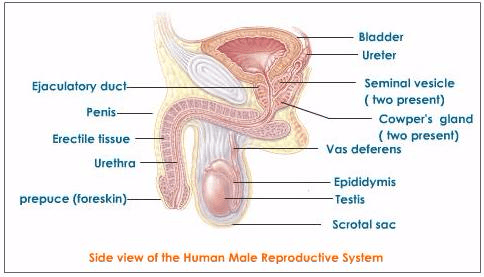This type of organisms fall into this classification because their DNA is floating in their cytoplasam
Prokaryotes
These to factors influence the living and non-living things in an environment
Biotic and Abiotic
The green shaded part of the brain

Occipital-lobe
Father of Genetics
Gregor Mendal
Product of this reaction is Carbon Dioxide and Water
Cellular Respiration
Plants have these organelles that convert energy animals do not
Chloroplast
An area that is all rock with no soil would be this type of succession
Primary
Area where the fertilized egg implants

Uterus
Developed the two name Classification System
Carolus Liinnaeus
The male reproductive organ in palnts
Stamen
During this phase of cell division the pairs of chromosomes are pulled towards opposite ends of the cell
Anaphase
Bacteria convert nitrogen gas into ammonia
Nitrogen Fixation
Sperm are produced here

Seminal Vesicle
 Experimented with mice and pneumonia discovered that genes carry information that is inherited
Experimented with mice and pneumonia discovered that genes carry information that is inherited
Griffith
This type of transport requires movement with a sodium pump against the gradiant
Active
All living things are made of cells, cells are the basic unit of all living things, new cells come from existing cells
Cell Theory
In a food web if one of the two secondary consumers is eliminated what will happen to the other secondary consumer population
It will increase
These carry oxygen rich blood away from the heart
Arteries
Worked with finches and developed the theory of Natural Selection
Charles Darwin
What type of biomolecule is pictured below

Lipid
Using a microscope he was the first to observe living organisms.
Anton van Leeuwenhoek
Limiting factors exist within ecosystems what type of factors are: competition, predation, herbivory, disease, and stress from overcrowding
Density-Dependent
During an Immune response these increase the blood flow and fluids to the affected area
Histamines
 This scientist used X-ray diffraction to photograph DNA
This scientist used X-ray diffraction to photograph DNA
Rosalind Frainklin
This DNA sequence originated in bacteria and can be programmed to change DNA sequences and may eventually cure or prevent genetic desease
CRISPR